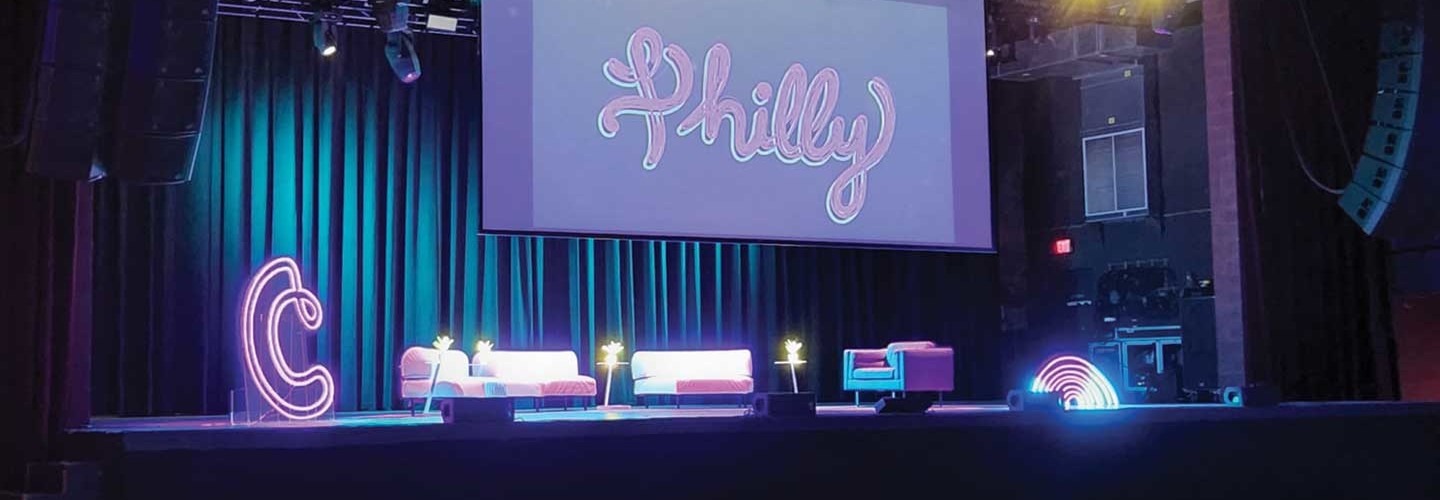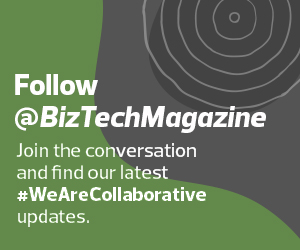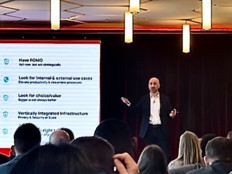Among those trends, according to Classy Data Analytics Manager Brett Vanderblock:
Small Changes Make a Big Impact
At the scale at which many nonprofits work, even a modest shift of the needle can create a big impact, according to Vanderblock.
“Going from 10 percent to 11 percent sounds kind of small, but that's actually a 10 percent increase in the donation volume that you're getting from that campaign,” he noted.
This creates fresh opportunities in terms of timing and optimization.
(In case you were wondering, the best time to send an appeal is Tuesday morning at 10 a.m.; the second best time is on a Friday.)
Payment Models Can Define the Relationship
Classy, reflecting a donor emphasis on mobile, has put a lot of focus on bringing in mobile-friendly payment options such as PayPal and Venmo. But for donors who want to sign up for a recurring gift, the best option may be direct bank transfers through ACH, rather than payments with a credit card. (Another benefit of ACH: People switch checking accounts less often than they do credit cards.)
“We see the average one-time gift through ACH is twice as large as through credit cards,” Vanderblock said. “And we see the average recurring gift is 29 percent higher.”
BUILD YOUR STRATEGY: Learn how the right IT team can help strengthen your digital strategy.
Give New Donors a “Nudge” to Recur
Vanderblock noted that recurring gifts are important, in part because donors are likely to donate more in small increments over time than they are in one-time donations. But there is room for optimization that can turn first-time donors into recurring donors. Shifting the language of the donation landing page, he said, can lead up to 30 percent of new donors to make recurring gifts.
“What this tells us that I think is so cool is that donors are open to being instructed or informed about how you want them to give, and we have this ability to really nudge their behavior into this recurring giving,” he added.
Plan for the Churn
One downside of recurring giving, however, is that churn is baked into the model. Because recurring gifts that begin during the holiday season most likely kick off in January, the odds of churn rise to 40 percent during that month — higher than any other time of the year.
“January is a great opportunity to think about how you are going to engage all these new donors that you've gotten, and specifically to think about building a proactive nurturing strategy to have in place come January,” Vanderblock said.
Classy highlighted these points in its State of Modern Philanthropy 2022 report, released in May. (It’s worth noting that the right business intelligence framework can make this slicing and dicing of data easier for nonprofits.)












